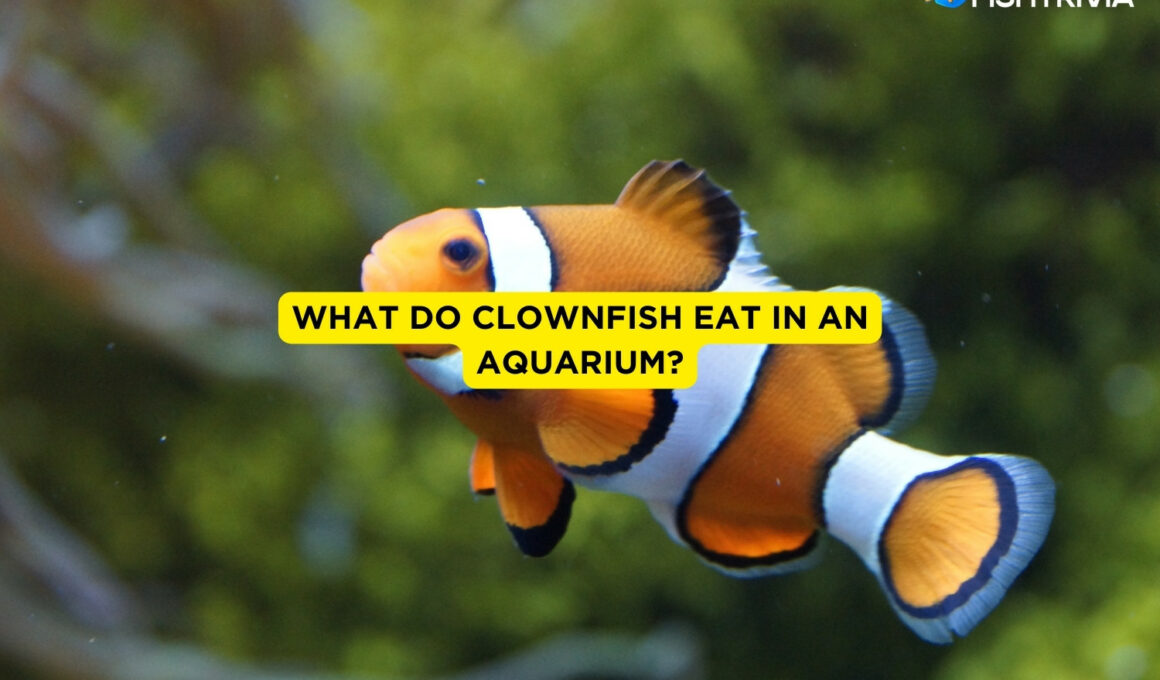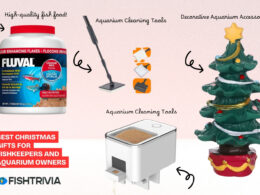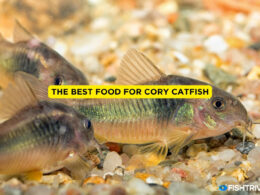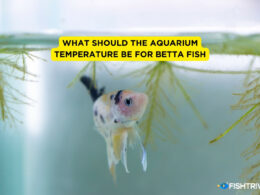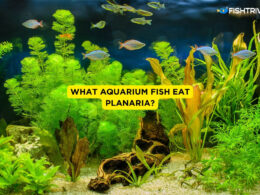In this article Show
The clownfish has become a very common aquarium species. It’s best known for the movies ‘Finding Nemo’ and ‘Finding Dory.’ Clownfish is a saltwater fish, also known as Anemonefish, and is fairly easy to handle.
You need to feed it with high-quality food to support consistent growth and long life. These luminous little fish are the first fish of many hobbyists and are tried and tested as starting fish, giving the aquarium personality and color.
There are records of certain animals remaining longitudinally, however, for 6 years. The cost of clownfish is around $15 and is typically available from marine stores selling saltwater and online markets.
They have an unusual group structure that sometimes fascinates the aquarists, in which the dominant group member is female and a breeding male. You still need more nuanced treatment than other aquarium fish in freshwater. Yet they are a natural “beginner” of fish because of their hardness.
Many breeders successfully breed the clowns, and they are easily accessible to the tank raised. Currently, you usually buy a tank of clownfish much better than wild fish, since the fish raised in the tank appear to live better.
Let’s see what your clownfish will eat. Let’s get started
Also worth reading;
- How Much Gravel Does An Aquarium Need?
- How To Add Calcium To Freshwater Aquarium
- How Long Should You Boil Driftwood For Your Aquarium?
- How Long Can Aquarium Fish Stay In A Bag?
- How To Tie Down Wood In An Aquarium
Meals Aquarium Clownfish Can Eat
The following are the food that you can safely indulge your aquarium clownfish in;
1. Common Fish Food
The regular feed for aquariums is made from pellets or other imported retailers that are made for Clownfish. Pellets and pellets can get soggy, but very disorderly.
The water is also separated into pellets and foods that may impact water quality. Although it broke down, much couldn’t touch the ground right! However, they are soft enough to feed a trout, so it is pretty easy to keep them all around.
These foods have many other ingredients, including vitamins and minerals, to complete their nutritional profile. Many of the foods in this business are available in various formats, flakes, discs, and sticks so that you can choose what suits the wads’ needs.
2. Vegetables As Clownfish Food
As clownfish are omnivores, you must add plant products to your diet as well. Nori and spinach are the vegetables you should use. In any high-end supermarket, you can buy nori.
Every clownfish grows an inch longer each month, and such meat is continuously consumed. This feed offers enough nutrients for the growth of Clownfish and is especially good for small or young Clownfish.
Chard and fried spinach are both excellent choices for clownfish vegetables. The vegetable component of your clownfish diet will also consist of marine fish pellets and flakes of high spirulina material.
Your Clownfish embraces vegetables that are based on fish, including peas and turquoise, but veggies are not your favorite food.
3. Shrimp Pallets As Fish Food
Some fish foods are consumed by Clownfish. They are also going to eat flaky food that is rare for saltwater fish.
You must, though, be confident that you have a diverse diet. Have foods such as saltwater shrimp and krill that live and are frozen.
We would recommend Tetra Baby Shrimp Sun Dried Treat as your cory Clownfish food. That means that the nodes often have a particular dietary protein for a reward and an extension. It’s a healthy meal for lunch. The protein is set. Some of the natural fats are there. No steam fog. It sinks into the clown to easily eat.
4. Live Food
For clownfish to survive, their diet requires some live fish food. Live food is the perfect way to get acquainted with the fresh and smaller world of wild fish, such as clownfish.
Blood worms and other bait worms can be bought and installed in the clownfish tank for food at bait shops and feeder stores.
These worms are fortunately sinking and easily scavenging with Clownfish. They’re still really cheap, and you can ice them, or feed them live if your Clownfish are fiery. If you want to store them you can.
Most Clownfish, particularly in reversed adults, will not eat shrimp or snails. Shrimps and snails are usually quiet, but polite.
It must also be remembered that these special styles of cork clowns are bigger and have more traits than other clowns.
5. Anemone In Your Tank
Various clownfish species prefer various anemone varieties. Not only do they shield the fish from other fish, they even feed them! Clownfish feed on anemone-produced waste and its parasites.
You should consider putting an anemone in your fish tank if you want your clownfish to survive and have truly healthy food. For clownfish to survive in their natural habitat, anemones are important. But don’t be worried if the anemone is not attached to your Clownfish.
You might have territorial clownfish and battle for them if you do have not enough anemones in your tank. Making sure you preserve your aquarium water intact and apply a huge amount of light to it, as anemones like this.
Considerations Before Feeding Clownfish
Here are things you should consider before feeding your clownfish;
1. Safety Zone
Smaller clownfish typically live in their protected zone in a small designated section of the aquarium. You would have to feed them close to their safe zone if you have any young clownfish.
2. Water Flow
Often feed your clownfish in aquarium areas that don’t have a good flow of water to make your fish eating easier.
3. Cleaning
To your clownfish aquarium, you can add a food clean-up crew of snails, starfish, and crabs. They eat your clownfish‘s food and preserve your tank clean and clear of algae.
Conclusion
Feed plenty of aquatic fish pellets, live foods such as shrimp-prepared meals, and fresh/frozen vegetables to your aquarium-raised clownfish.
The Clownfish may be the beginning of your aquarium hobby, being one of the easiest kinds of saltwater fish to care for. Or if you think about adding it to an existing tank, they might be your new favorite.
They have one of the most fascinating characters in the fishing world. Clownfish are all-inclusive, making it an easy and straightforward activity to feed them.
Since they are omnivores, however, you must provide them with a wide range of nutritionally important food products.






